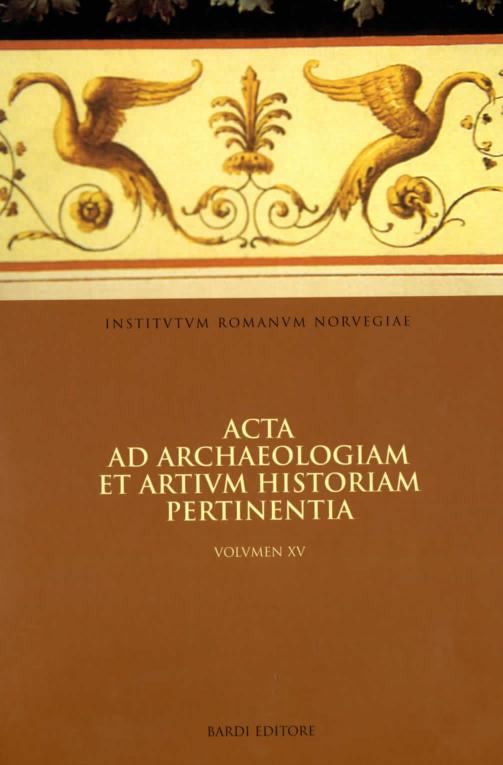The Church Basilica
DOI:
https://doi.org/10.5617/acta.5701Abstract
The debate over whether the early church basilica was “imperial” is bound up with many other questions, including the origins of the building type, and whether building types have fixed or only contingent associations. Krautheimer, for example, maintained that the imperial quality of the early Christian basilica was generally transmitted, as the church basilica was a descendant of the public basilica which it formally resembles, and which itself was in the imperial domain. Deichmann, by contrast, held that no architectural form has inherent meaning, rather buildings are constituted as Christian or imperial through use or posterior interpretation. Recent advances in semiotic theory offer a way around this impasse, by suggesting that the “basilica” is a discursive rather than a formal category, determined neither purely by form nor purely by use, but by a cultural and linguistic understanding; and that the properties of architectural space contribute to this understanding by thematizing culturally meaningful categories. Contrasting the Lateran Basilica to two earlier public basilicas, the Basilica Aemilia and the Basilica Ulpia, demonstrates a fundamental lack of resemblance without denying a possible genetic connection. Semiotic analysis of the Lateran’s interior suggests that it thematized many qualities that were also imperial but not exclusively so, including opulence, visibility, and power. It also thematized privacy – not an imperial attribute – and did not refer to the imperial themes par excellence, victory and military prowess.
How to Cite
Issue
Section
License

This work is licensed under a Creative Commons Attribution-NonCommercial 4.0 International License.
Authors who publish with this journal agree to the following terms:
- Authors retain copyright and grant the journal right of first publication with the work simultaneously licensed under a Creative Commons Attribution License that allows others to share the work with an acknowledgment of the work's authorship and initial publication in this journal.
- Authors are able to enter into separate, additional contractual arrangements for the non-exclusive distribution of the journal's published version of the work (e.g., post it to an institutional repository or publish it in a book), with an acknowledgement of its initial publication in this journal.
- Authors are permitted and encouraged to post their work online (e.g., in institutional repositories or on their website) prior to and during the submission process, as it can lead to productive exchanges, as well as earlier and greater citation of published work (See The Effect of Open Access).





